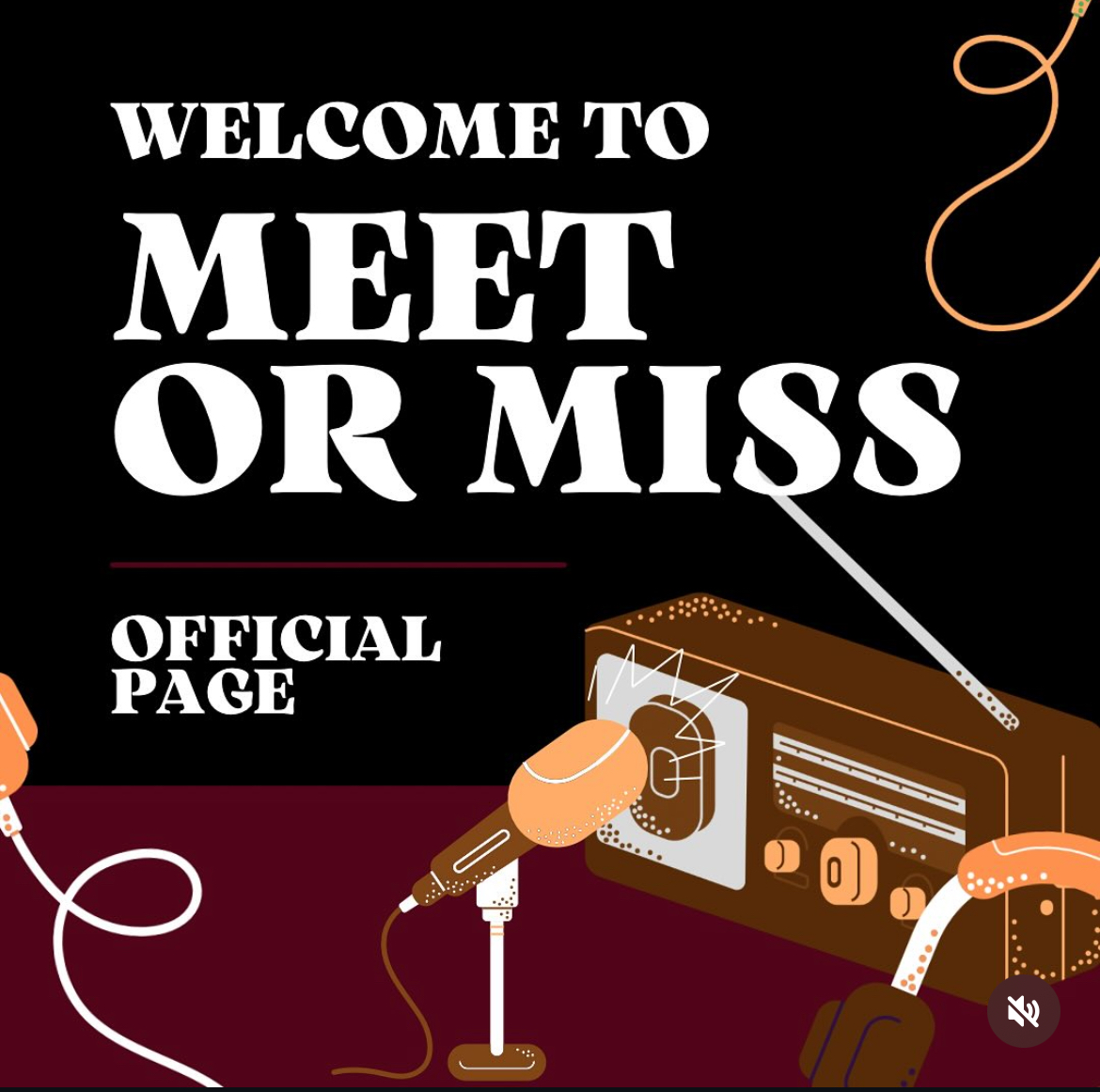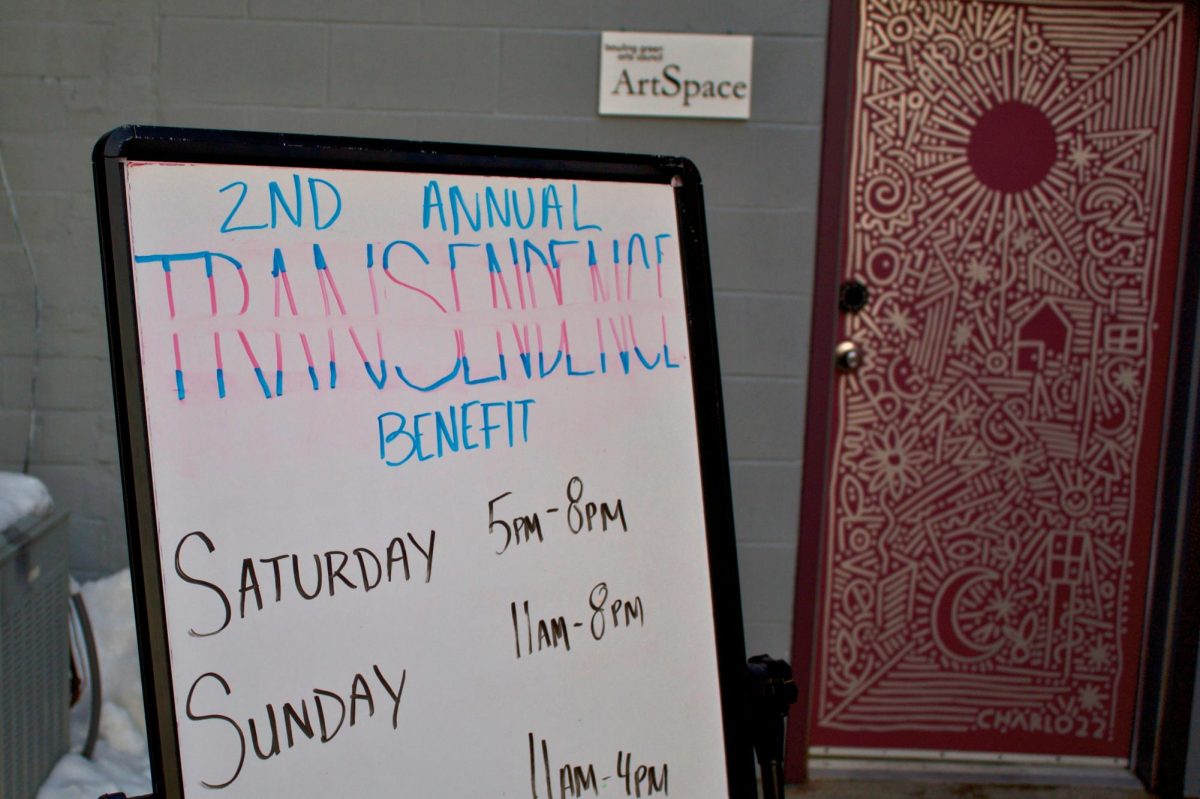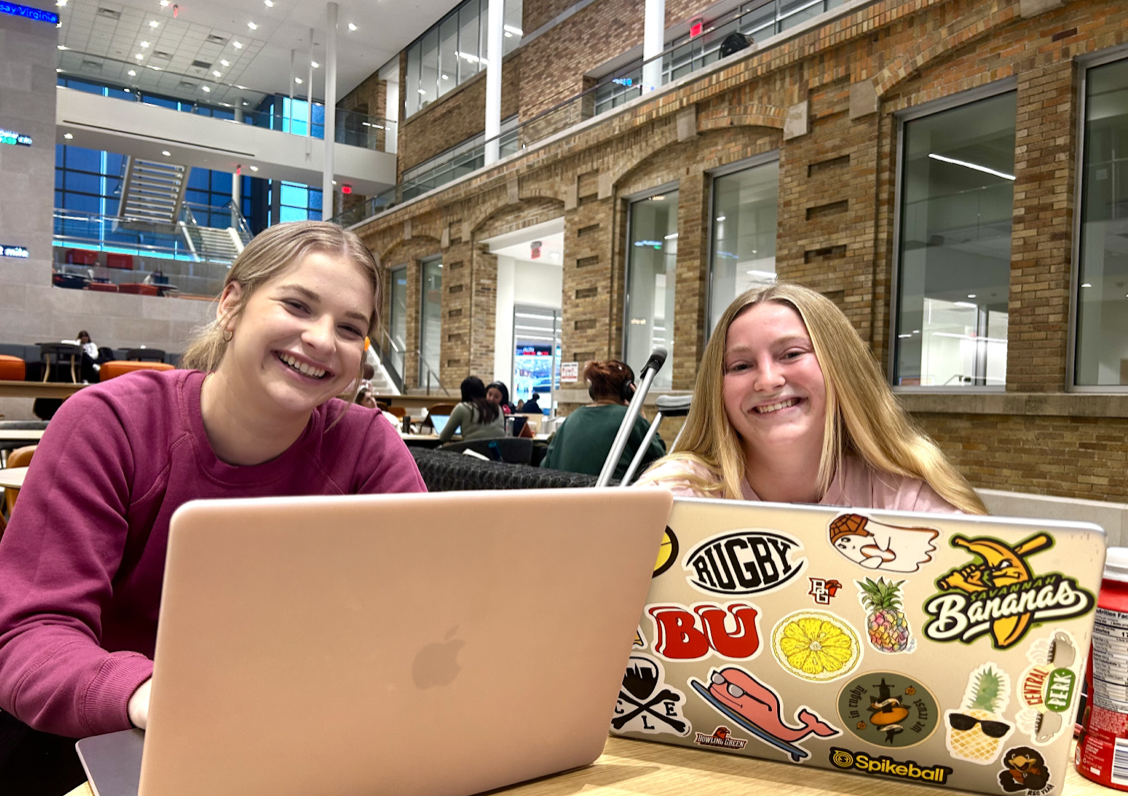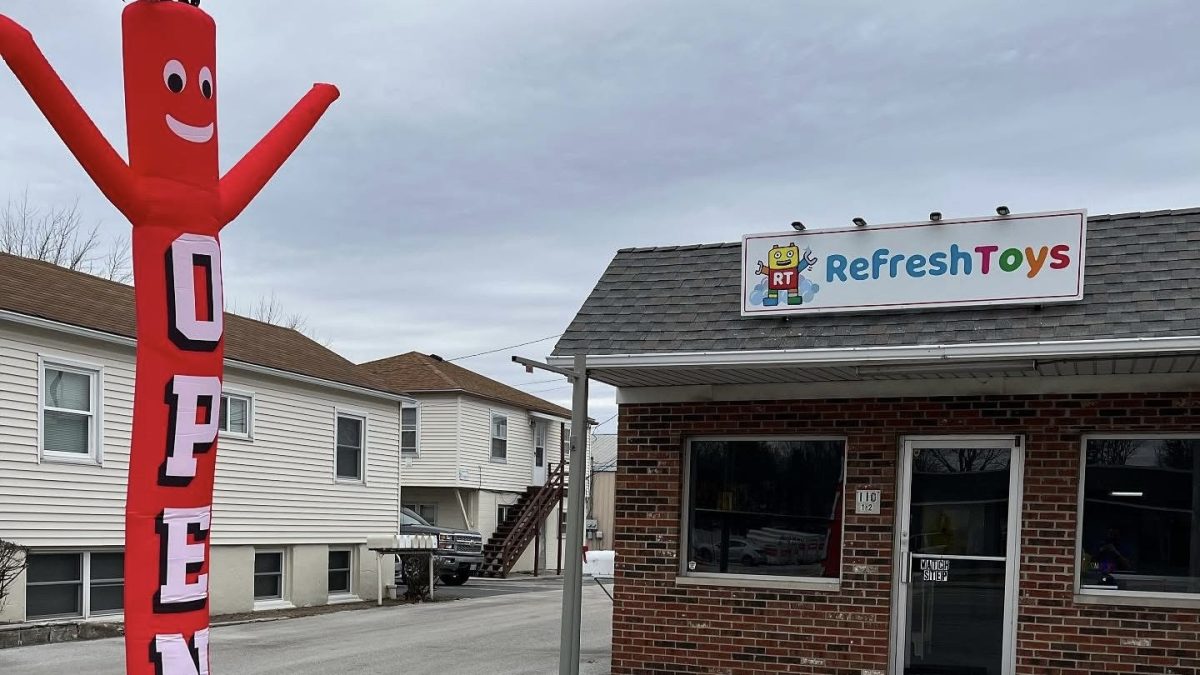In a rural town in midwestern Ohio with a population that is mostly white, the city and University began a campaign to promote diversity and fight intolerance.
Within the past year, several incidents directed mainly at the black community have led to the launch of a Not In Our Town campaign, a collaboration between the city of Bowling Green and the University.
Talk of starting the campaign began in October 2012 with members of the President’s Advisory Council for Diversity and Inclusion collaborating with the student inclusion group led by Vice President of Student Affairs and Dean of Students Jill Carr. It officially launched this past April, said Susana Peña, PACODI member and director of School of Cultural and Critical Studies and associate professor in Ethnic Studies.
“It’s really about bringing people together to come up with a common mission,” Peña said. “Our goal is really to transform the culture.”
The campaign finds its inspiration from the national campaign launched in 1995 as a result of a PBS documentary that highlighted hate crimes in Billings, Montana and the citizens who stood up for the victims. Today, the campaign has become a grassroots movement, spreading to hundreds of communities in the United States and around the world.
The Bowling Green campaign, punctuated by forums on diversity in the community, a banner and pledge card for people to sign in support, developed the goal of bringing members of the University and city together. It not only promotes racial diversity, but all forms of diversity.
“Our challenge is to bring the community forward into the 21st century,” said Dalton Jones, an assistant professor in Ethnic Studies and adviser to the Black Student Union. “It’s not all doom and gloom here but there’s work to be done.”
While many racially charged incidents have occurred in the past year, a look at the history of Bowling Green reveals these attitudes aren’t new, Jones said.
A collection in the University Center for Archival Collections documents an active chapter of the Ku Klux Klan in Wood County from the 1920s through the 1940s, called the Ohio Knights of the KKK.
“Here at Bowling Green, we are really dealing with a long troubling history of race relations,” Jones said, referencing the Ku Klux Klan presence. “[Recent incidents] indicated that those legacies are still among us.”
The University planned to launch Not In Our Town this fall as a subcommittee of PACODI, but it was after the first string of racially charged tweets that Tiffany Smith, the former president of BSU and past member of Carr’s group, decided to “roll out” Not In Our Town early.
“It was the perfect platform to begin it then,” said Smith, who graduated in May. “I personally didn’t believe stuff like that would happen in BG.”
Not In Our Town has been a continuous response to these occurrences. Forums featured student speakers, including Smith and faculty speakers, including Jones and also University President Mary Ellen Mazey. Mayor Richard Edwards also voiced his support.
“I was happy that I gained so much support from the Mayor and Mazey,” Smith said.
For Jones, one of the best things about the campaign is the “mature, balanced and intelligent” response from students across campus, he said.
“This is probably the most sophisticated and mobilized student body that I’ve been involved with,” Jones said. “The connections between LSU [the Latino Student Union], BSU and other progressive groups on campus are very strong.”
And while the administration’s response has also been positive, Jones said, it has been “extremely limited.”
“They’ve made some nice pronouncements,” he said. “That said, I believe that an administration that took these strings of incidents seriously would offer a more aggressive response.”
The response has included an email from Mazey affirming support for diversity, sanctions against those who tweeted in April and an integration of a Not In Our Town education element into various programs at the University.
But Peña said an administrative response is not sufficient.
“If the goal is to transform the culture and make it inclusive … that is never going to be accomplished solely by a top down message,” Peña said. “The other part is about students coming together, faculty coming together and community members coming together.”
The challenge for the future, said Jones, is to develop and adapt the movement to meet the growing needs of the community, not just let it fizzle.
“An affective, creative response can turn a negative to a positive,” Jones said. “It has the ability to demonstrate that our commitment to inclusion is more than empty words.”













